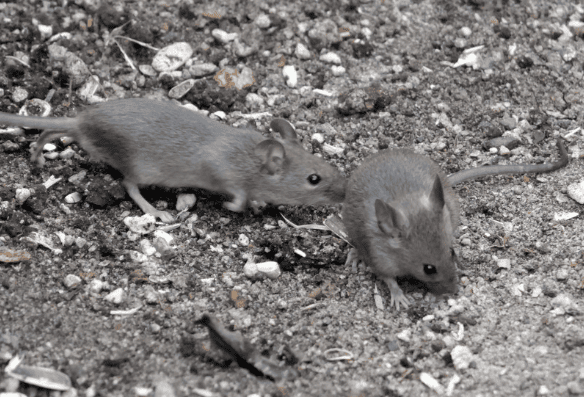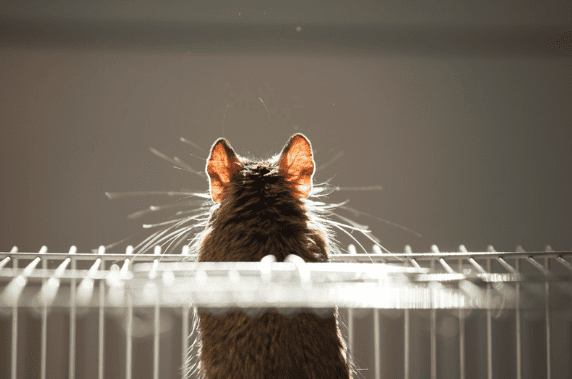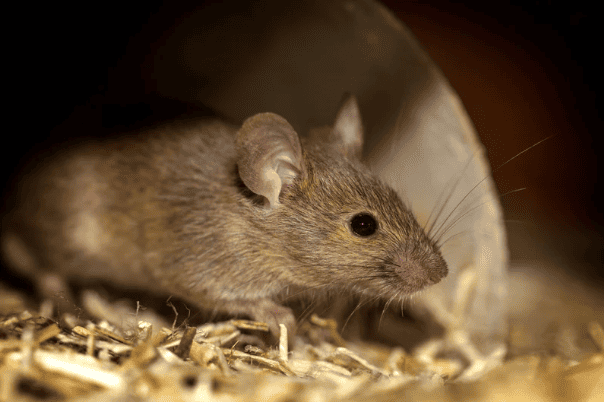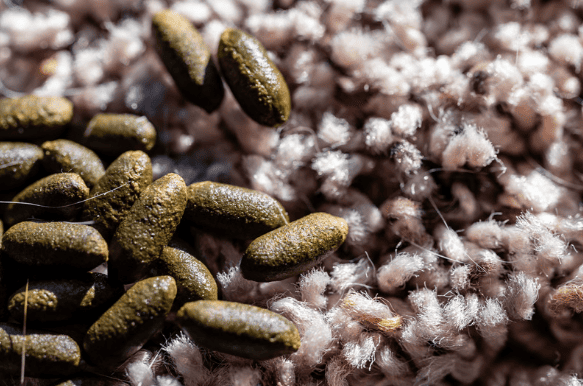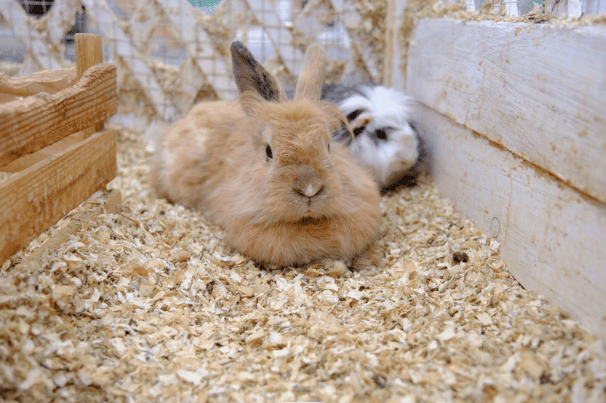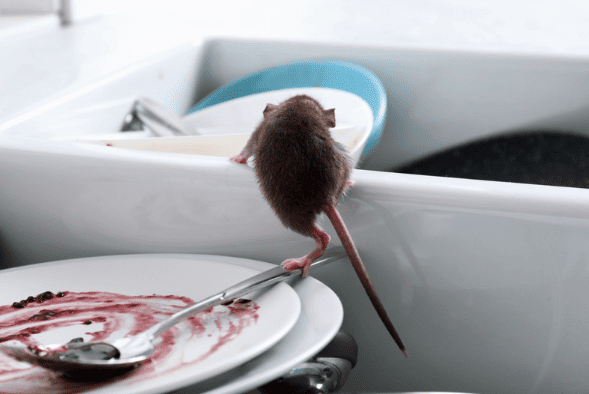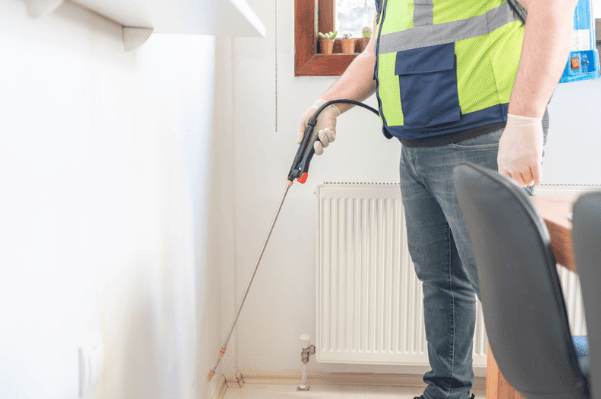Rodent Infestations
Identifying and Preventing Rodent Infestations in Urban Areas
Rodent infestations are a significant concern in urban areas, impacting both residential and commercial properties.
Mice and rats are the primary culprits, causing considerable damage and posing health risks. These pests can spread diseases that affect human health, making it essential to address their presence swiftly.
Rats tend to invade areas with easy access to food and water, while mice often infiltrate homes and buildings, causing extensive damage. Understanding how to identify and prevent these problem is crucial for maintaining a safe and healthy environment.
This comprehensive guide will delve into the signs of a rodent infestation, the health risk associated with rodents, and effective strategies to prevent rodent infestations in your house.
Identifying Rodent Infestation
Common Signs of Rodent Presence
Rodent infestation often start subtly but can escalate quickly if not addressed. Frequent signs include:
- Rodent Droppings: The presence of mouse droppings, rat droppings, or mice droppings is one of the most obvious indicators of a rodent problem. To find mouse droppings, look in areas where mice and rats are active, such as near food sources, entry points, and along walls.
Rat droppings tend to be larger than mouse excrement and are often found in clusters, making them easier to spot. Identifying these droppings early can help in taking prompt action to manage and eliminate the infestation. - Gnaw Marks: Rodents have strong teeth and continuously gnaw on various materials. Gnaw marks on wood, electrical wiring, and food packaging are the most common symptoms of an infestation.
Additionally, rodents build nests using materials like paper, cardboard, and fabric.
Finding these nest, along with gnaw marks, indicates an active infestation that needs to be addressed promptly to prevent further damage. - Nesting Materials: Rodents often build nests using nesting material like shredded paper, cardboard boxes, and insulation. These nests are usually found in hidden areas such as attics, basements, or behind walls.
They may also use fabric scraps and old clothing. Finding these nests indicates active rodent activity and breeding, requiring prompt action to prevent further issues. - Contaminated Food: Rodents can contaminate food and water sources with their droppings and urine. Finding contaminated provisions or contaminated materials in your pantry or storage areas is a strong indication of a problem in your house.
This contamination poses a health risk and signifies that the problem may be more severe and widespread, requiring immediate action to address and eliminate it. - Dead Rodents: Finding a dead mouse or rat can confirm a problem. Be sure to handle carcasses with care, as they can carry diseases.
Specific Rodent Types
- Roof Rats: Known for their climbing skills, roof rats prefer higher locations like attics and trees. They use various nesting materials and can cause significant damage if their nests are not addressed promptly.
- Norway Rats: Larger and more robust, Norway rats are often found in basements, sewers, and areas with easy access to food sources. Their presence usually indicates a more severe problem.
- Deer Mice: These mice are commonly found in rural areas but can invade urban spaces. They tend to nest in compost heaps and cardboard containers.
Health Risks Associated with Rat or Mouse Infestation
Rodents are known carriers of various diseases, which can be spread directly through contact with droppings or indirectly through contaminated food. Some health risks include:
- Hantavirus: Spread through contact with rodent droppings or urine, this virus can cause severe respiratory issues.
- Leptospirosis: This bacterial disease can be contracted through contact with water or soil contaminated by rodent urine.
- Salmonella: Rodents can carry Salmonella bacteria, which can contaminate meals and cause gastrointestinal illnesses.
- Fleas: Rodents often carry fleas, which can spread to pets and humans, causing discomfort and potential health issues.
Prevention and Control Strategies
1. Seal Entry Points
Preventing rodent presence starts with sealing off entry ways. Rodents can squeeze through small holes and cracks.
Steel wool is used to fill gaps and seal larger openings with caulk or metal sheeting. Check for holes regularly and repair them promptly.
2. Maintain Cleanliness
Keep your property clean to eliminate potential food sources for rodents. Store food in tight-fitting lids and food wrappings to prevent contamination.
Clean up spills and crumbs regularly, and ensure that compost piles are well-maintained and not easily accessible to rodents.
3. Proper Waste Management
Dispose of garbage in sealed bins and regularly clean trash cans to avoid attracting rodents.
Ensure that cardboard containers and other potential nesting materials are kept away from areas prone to infestations.
4. Use Rodent Control Methods
- Traps: Snap traps and live traps are effective for controlling mouse infestations and rat infestations. Place traps in areas where you have noticed rodent activity. Electronic traps can also be used for a more humane approach.
- Poison Baits: Use poison baits with caution, as they can be harmful to pets and children. Place bait stations in areas with high rodent activity, following the manufacturer’s instructions.
- Professional Pest Control: For severe infestations, it’s advisable to contact a professional pest control company. They can assess the situation, implement advanced control measures, and provide long-term solutions.
5. Regular Inspections
Conduct regular inspections of your property to identify any signs of rodent activity early.
Look for gnaw marks, nesting materials, and rodent droppings. Regular maintenance and vigilance are key to preventing and managing rodent invasions.
6. Address Structural Issues
Ensure that your property is well-maintained and free of structural issues that can provide entry ways for rodents.
Check for damaged electrical wiring, worn-out insulation, and other vulnerabilities that could facilitate a rodent invasion.
Conclusion
Rodent presence is a serious issue that can cause significant damage and pose health risk.
By understanding the most common signs of a rodent presence, implementing effective prevention strategies, and utilizing appropriate control methods, you can protect your property from the negative impacts of these pests.
Rodents can spread diseases through direct contact with their droppings and urine and can also contaminate meals and surfaces.
Regular inspections, proper waste management, and sealing entryways are essential in maintaining a rodent-free environment.
Using warm water to clean affected areas and addressing any holes in walls can help prevent further rodent infestations.
For severe cases, consulting with a professional pest control company ensures that your rodent problem is handled efficiently and effectively, helping to stop growing.
For more information on managing rodent infestations and to schedule a consultation, visit ABC Home and Commercial Services.
